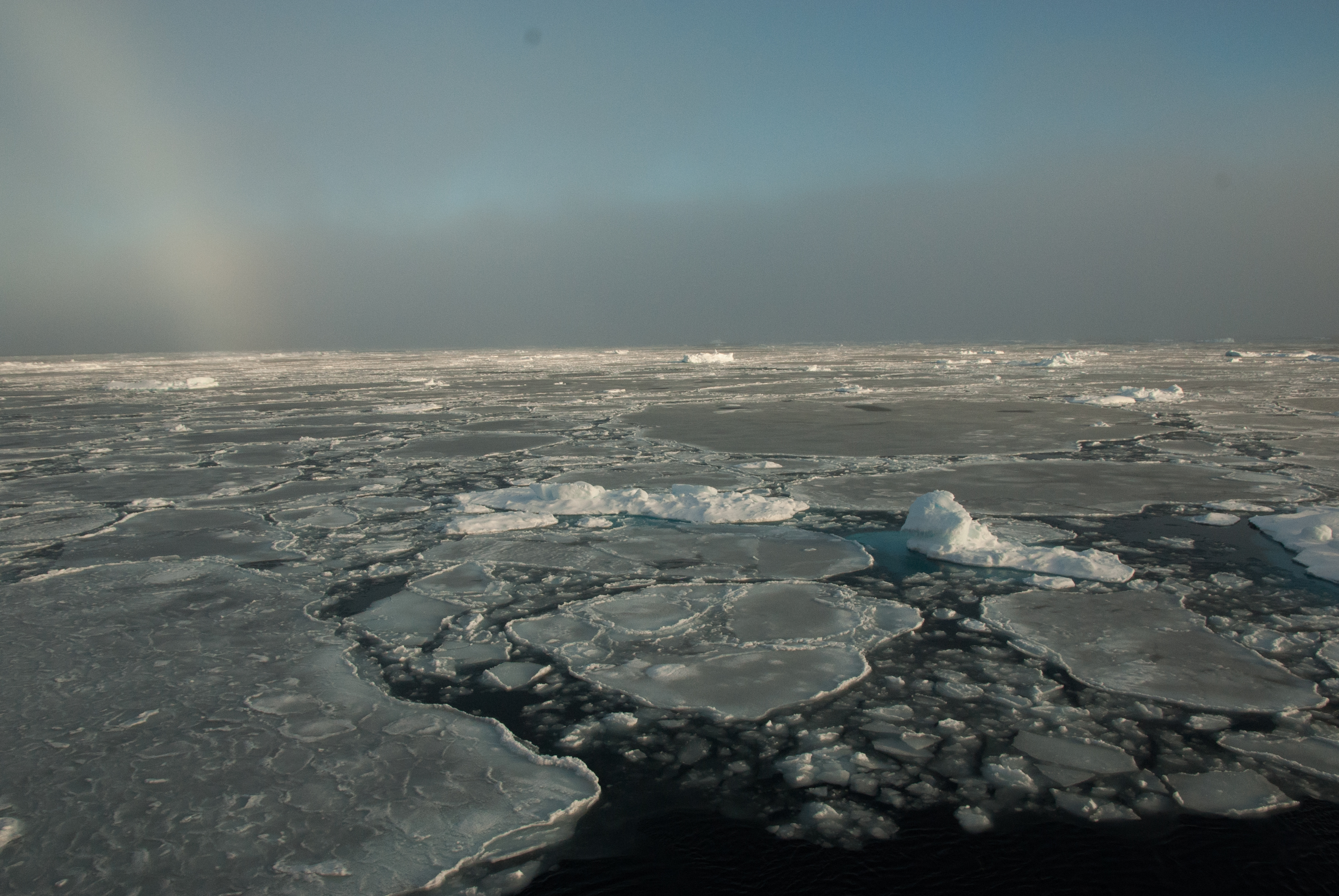Federal regulators are weighing a new plan for an offshore oil prospect in Alaska’s Arctic

After two previous development plans fizzled, Texas-based Hilcorp Energy Company hopes a third plan will succeed at unlocking the oil in the Liberty prospect in Arctic waters off Alaska’s northern coast.
Located about 5 miles offshore in the Beaufort Sea, Liberty would — if developed — be the first producing oil field located entirely in Alaska federal waters.
It holds up to 150 million recoverable barrels of oil and could, according to the company, produce up to 70,000 barrels a day.
Hilcorp is awaiting federal regulators’ verdict on its plan to develop the field. The privately held company is seeking to build an artificial gravel island to serve as the drilling and production platform. Hilcorp’s plan, which anticipates startup as early as 2021, replaces previous plans for the field submitted and then abandoned by former operator BP Exploration Alaska Inc.
It’s currently under review by the U.S. Bureau of Ocean Energy Management. Public comment on a draft environmental impact statement will be taken until Nov. 18. A final EIS, with a recommended action, is expected in the summer of 2018, with a final decision to follow, said BOEM spokesman John Callahan.
The proposal for a new artificial island in the Beaufort Sea has received mixed reviews.
One concern is about potential impact to pacts to the nearby Stefansson Sound Boulder Patch, a biological hotspot with abundant kelp and cold-water corals.
In response, BOEM is considering alternatives that would situate the island a little farther away from the boulder patch than the location Hilcorp has chosen. The agency is also considering an alternative that would reduce industrial activities near the boulder patch by placing Liberty processing facilities on existing land rather than on the yet-to-be-built artificial island.
Liberty has a long history. The reservoir was discovered by Shell in 1980s and the field delineated in the 1990s by BP. BP’s first development plan, submitted in 1998, contemplated an artificial island similar to that proposed by Hilcorp. BP submitted a second plan in 2007, and it won regulatory approval the following year. That second plan proposed ultra-extended-reach drilling that would allow the company to produce Liberty oil with wells located on existing land sites – a design that BP said would avoid many environmental impacts and costs of an artificial island. The company started on-site pre-production work and anticipated a 2011 startup. But it shelved the project amid technical problems and the corporate shakeup that followed the 2010 Deepwater Horizon disaster. Hilcorp acquired a 50 percent ownership stake of Liberty in 2014.
The ultra-extended-reach-drilling option has now fallen out of favor. It is “not a technically feasible manner of developing the Liberty prospect,” the BOEM draft EIS says. Problems with such an approach include challenges presented by permafrost thaw and accelerating coastal erosion, the document says. For those and other reasons, “BOEM does not consider (a horizontal directional drilling plan) to be a reasonable alternative, and this approach is not carried forward for further analyzed in the EIS,” the document says.